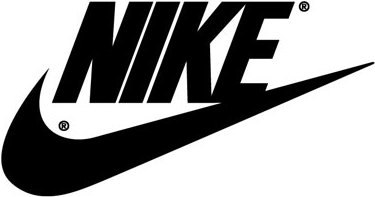Representation Theories
The clip includes several scenes in which they show the gangsters (antagonists) using weapons and engaging in activities such as boxing and gambling. The representation of the main antagonist, Mickey Cohen, who was an Italian- American mobster, links to Medhurst’s representation theory that explores ‘’shorthand stereotyping’’. This is because the audience immediately assume that all Italian- Americans are violent and unlawful and use aggression and exploitation to get what they want. The stereotype therefore carries this judgement which in turn creates an overall negative representation of all Italian- Americans.
Perkins’ representation theory can also be applied to the
clip as some stereotypes can be different. She states that stereotypes are not
always about the less powerful- in this case the group that are being
stereotyped are Italian-American mobsters who are seen as a powerful group.
Also the police detectives are represented as dominant, reckless figures who
are also a significant group in society. This is shown when one of the characters
says, ‘’were not solving a case here…were going to war.’’ These examples can
also link to another point that Perkins’ explores which is that ‘’stereotypes
are not always false’’. The context of the trailer suggests that there were many
Italian- American mobs at that time so it would not particularly be seen as a stereotype,
but rather a representation of the dominant groups during that time. This is
shown when one of the police detectives says ‘’it’s not going to change
anything around here…’’, which suggests that there were many crimes taking
place, that were affiliated with gangs. Also some of the characteristics of the
police detectives may be true as they are in fact seen as dominant figures. This also links to Levi Strauss’ theory of
representation and ideology as the context and general ideology at that time helped
the producer come up with a way of representing the different groups in society.
Even though these characteristics may not be completely true, the producer has
purposely chosen them to create a dominant or preferred reading of the groups.
The representation of the female character in the trailer
could also link to Mulvey’s theory of the ‘’male gaze’’. The character’s
costume/make up, which consists of a red dress and red lipstick, could connote themes
of love and seduction. This links to the theory as it reinforces the idea that the
women in the film are represented as sex objects. Therefore the scene and representation
of the female character is specifically for the benefit of men. There is also a
shot of the female character dancing in her underwear which could also suggest
that the audience is positioned as male. However the following scene shows the
female character and one of the police detectives in bed. This could link to
Rosalind Gill’s updated version of Mulvey’s theory which explore the ‘’female gaze’’.
The sexual references and scenes could also be for a female audience as there
is also an appealing male character. Therefore the representation of women in the
film is not particularly sexist as there are also scenes where male characters are
also ‘’objectified’’







